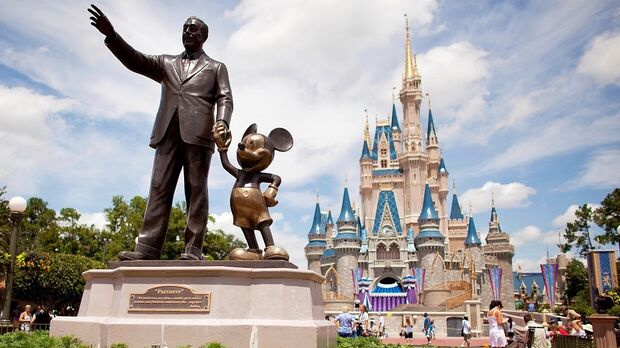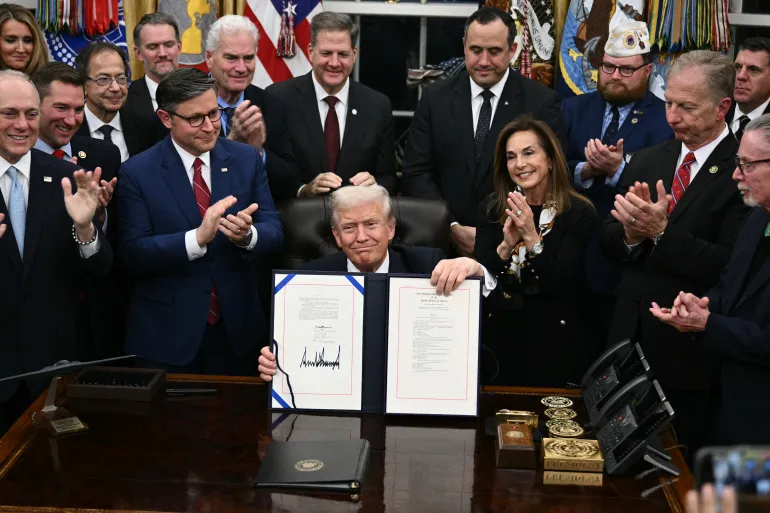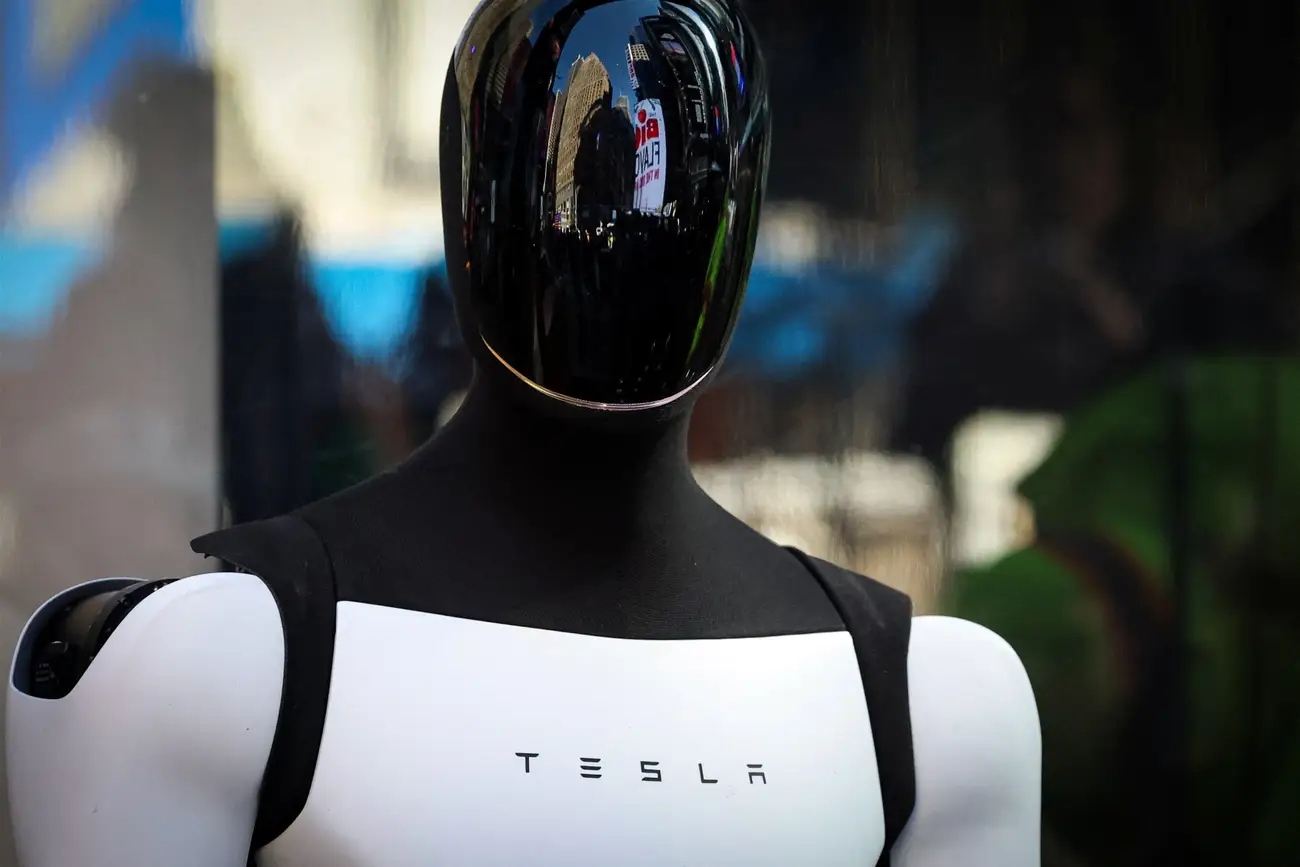Axios, Variety, Bloomberg, and AP contributed to this report.
Disney investors woke up to a rough morning Thursday. The company’s shares tumbled about 8% in early trading after it posted weaker-than-expected revenue and warned its clash with YouTube TV over channel fees could drag on.
On paper, the numbers weren’t a total disaster. Disney reported adjusted earnings of $1.11 per share on $22.46 billion in revenue. That beat Wall Street’s profit forecast of $1.05 a share, but fell short of the roughly $22.75–$22.8 billion in revenue analysts were looking for. The topline miss — plus fresh uncertainty around a key distribution deal — was enough to spook the market.
The real problem showed up inside the entertainment division. Revenue there fell 6% from a year ago, hammered by a 21% plunge in linear TV networks. Domestic advertising was weak as both ad rates and average viewership slipped. Operating income for the whole entertainment segment dropped by more than a third.
In classic “old vs. new” fashion, streaming was the bright spot trying to offset the drag from cable and broadcast. Disney’s direct-to-consumer business — mainly Disney+ and Hulu — saw operating income jump 39%, with revenue up 8%. Together, the two services finished the quarter with about 196 million subscriptions, a gain of 12.4 million. Disney+ alone ended around 132 million subscribers globally, with Hulu’s growth getting a big boost from its expanded wholesale deal with Charter’s Spectrum TV.
But all of that momentum couldn’t completely drown out the noise from the YouTube TV blackout.
Millions of YouTube TV subscribers lost access to Disney channels in late October after Google and Disney failed to reach a new carriage agreement. That means no ESPN, no ABC, and no Disney-owned cable networks on one of the biggest live TV streaming bundles in the country — right in the thick of football season.
On the earnings call, Disney CFO Hugh Johnston tried to thread the needle, saying the negotiations “could go for a little while.” He reminded investors that there are two financial sides to this: the money Disney isn’t getting from YouTube TV while it’s dark, and the money it’s gaining when frustrated subscribers cancel and move to other services that still carry Disney channels, including Hulu + Live TV, which Disney happens to own.
That’s part of what makes this fight different. YouTube has had several disputes with major content companies in recent months, but this time it’s up against a partner that also runs a rival live TV bundle. Every YouTube TV customer who bails for Hulu + Live TV is effectively shifting from one tech giant’s ecosystem to another’s.
CEO Bob Iger sounded firm about the company’s stance. He told investors that Disney’s proposal to YouTube is “equal to or better than what other large distributors have already agreed to,” and that Alphabet and YouTube have themselves acknowledged Disney’s channels are more valuable to the platform than any other provider’s. He stressed that the company wants the channels back up, but not at any price:
“It’s imperative that we make sure that we agree to a deal that reflects the value that we deliver.”
Meanwhile, the rest of Disney’s empire is sending mixed signals. The Experiences division — theme parks, cruise line, and consumer products — kept doing the heavy lifting, with operating income climbing 13% to $1.88 billion and international parks posting especially strong growth. That business now delivers more than half of Disney’s total operating profit.
The film studio and traditional TV business, though, are clearly under pressure. Linear networks saw operating income drop 21%, and revenue was down 16%, in part because last year’s results were padded by the Star India business and a stronger theatrical slate. Disney said movies like “The Fantastic Four: First Steps,” “The Roses” and “Freakier Friday” just couldn’t match the performance of last year’s hits.
Looking ahead, the company is warning that its next quarter will also be weighed down by heavy spending on big franchise releases like “Zootopia 2” and “Avatar: Fire and Ash,” along with more upfront investment in streaming tech, recommendation engines, and bundling strategies. Johnston told Bloomberg TV those early costs should “have tremendous paybacks,” but for now they’ll pinch margins.
Despite the stock drop, Disney stuck with its longer-term optimism. The company reaffirmed its outlook for double-digit adjusted earnings growth in fiscal 2026 and 2027, doubled its planned share buybacks to $7 billion in 2026, and hiked its dividend 50% to $1.50 per share for the year.
For now, though, Wall Street is clearly focused on two things: whether streaming can keep growing fast enough to counter the slide in legacy TV, and how long Disney is willing to keep its channels dark on YouTube TV to prove a point about their value.









The latest news in your social feeds
Subscribe to our social media platforms to stay tuned